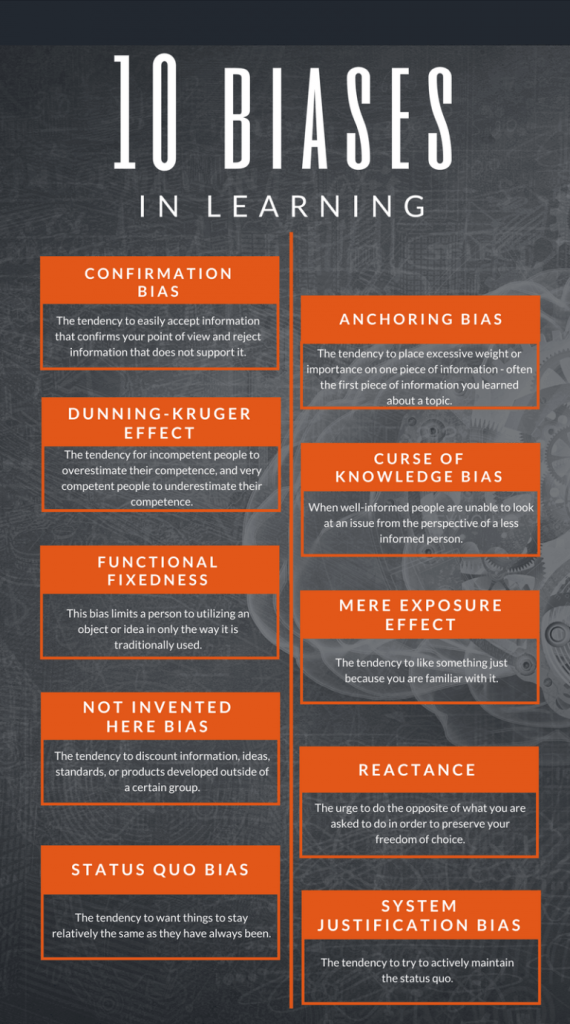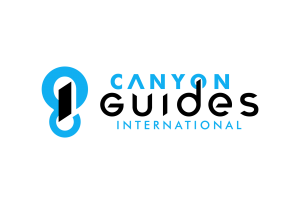
As professional guides, we have invested resources and time learning an array of skills to perform our chosen role and craft in canyons. One of these skills is working with ropes and rigging systems to mitigate the risks involved while traveling through canyoning routes with clients.
As time passes by, and especially if we guide the same canyons over and over, we settle on our preferred and most efficient rope-work tools to guide our clients.
But the world of rope-work is one of constant evolution, especially when it comes to gear, and also as we get exposed to tools from other rope work disciplines that come to us via peers, instructors, or sometimes even clients or students.
As canyoning guides, we need to have an understanding of rope systems and develop a criteria on what new gear is beneficial (or not) to us, and have an idea on where canyoning rope-work is situated in the constellation of rope-work disciplines like Caving, Search and Rescue, Rope Access, Arborist, Rock Climbing, etc. so when new tools come our way, we can place them in the context where they originated.
Make sure you don’t develop “Learning Biases”, and keep a fresh perspective with safety, efficiency and innovation in mind.
Some of the biases that seem to be common in rope-work:
- Functional Fixedness
- Not Invented Here Bias
- Status Quo Bias
- Mere Exposure Effect
- Curse of Knowledge Bias
